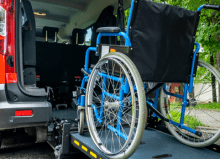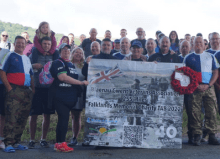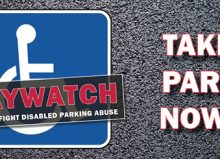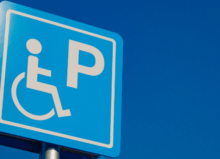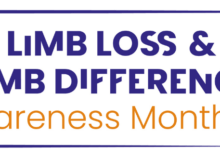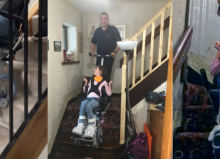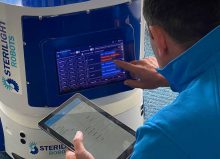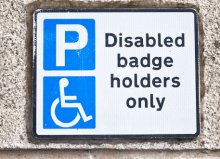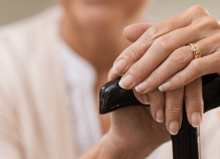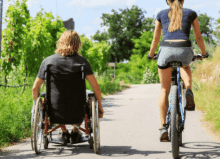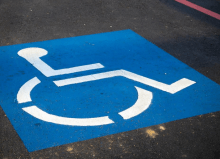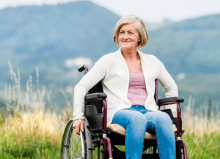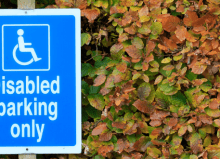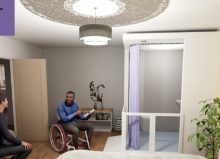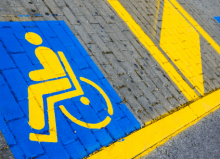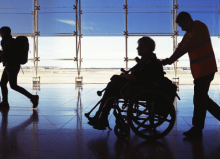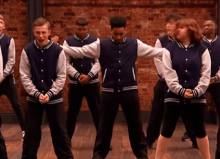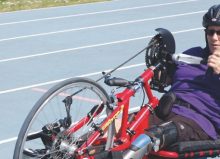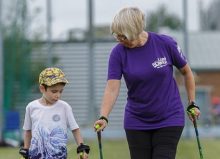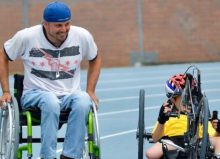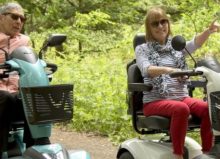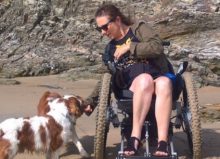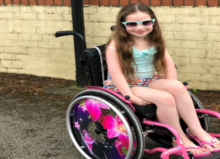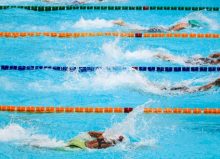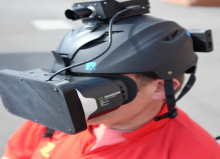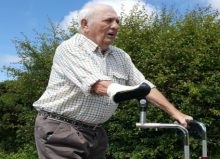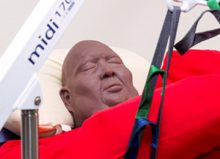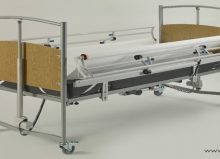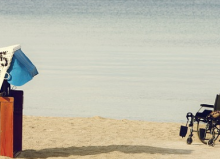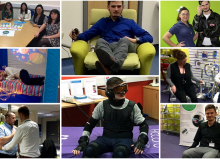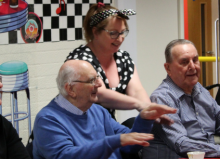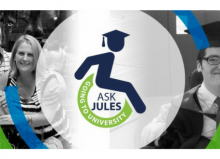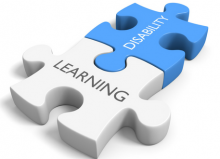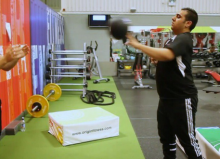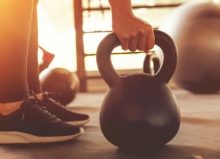7 Sports Activities for People with Disabilities
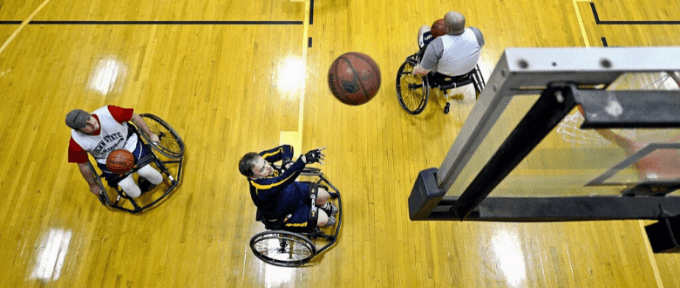
This is a guest blog for Disabled Living by Heidi Jones, who outlines 7 sports activities for people with disabilities.
Over the past couple of years, sports accessibility has increased for those with disabilities. Since the first official Paralympic Games in Rome 1960, more avenues have opened up for disabled people to showcase their talents. As a result, decorated careers have been made from the Paralympic Games and other disability-based championships.
Aside from the Paralympic Games there are hundreds of different sports and workout routines that a disabled person can experiment with to ensure they stay in top shape, physically and mentally. Read on to discover more about these activities.
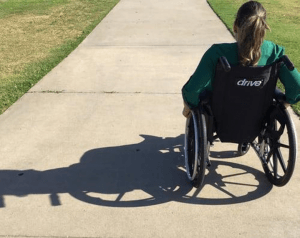
The State of Disability and Sport
According to recent statistics, around 17% of adults with long-term disability or illness participate in weekly sports activities.
However, the question isn’t about their unwillingness to engage in physical fitness and sports activities. Instead, it has a lot to do with poorly-equipped gyms, inadequate disability-based competitions, and a few other limiting factors. As a matter of fact, a poll that was conducted by Parallel London revealed that up to 83% of disabled people long to participate in more physical activity than they currently do.
Top 7 Disability-friendly Sports and Fitness Activities
1.Sit to Stand
Sit to Stand is a workout that’s suitable for people with a disability that weakens their lower bodies, hence the need to improve the strength around those areas. Examples of such conditions include multiple sclerosis (MS), rheumatoid arthritis, motor neuron disorder, obesity, peripheral neuropathy, Parkinson’s disease and fibromyalgia.
Procedure:
- Perch your bottom on a chair near the front edge, while ensuring your feet rest flat on the ground and behind your knees.
- Gently tilt the upper portion of your body forward and make as if to push yourself up into a standing position.
- Return your body to the seated position that you started in.
You may find it difficult to perform this exercise using your arms, especially when it comes to the part where you have to push yourself up. In that case, your knees might come in handy. Just place your hands on top of the knees and try to push yourself up.
Also, if the disability has severely compromised your legs such that they can’t lift your body at all, you can always make use of a support. Think of a worktop, a crossbar, or a grab rail. Using these support frames, you can now exert as much force as possible on your leg and pull your body as high as you can, before letting it down gently back to the chair.
2. Wheelchair Basketball
Wheelchair Basketball is suitable for people with varying physical disabilities, especially those that affect their lower extremities. Examples of these disabilities include amputations, spina bifida, cerebral palsy, and disabilities resulting from accidents. To play this sport, you need to have full control of your upper body, including your shoulders, forearm, abdomen, and chest muscles.
Procedure:
If you’re pursuing wheelchair basketball professionally, the basketball hoop retains the 10-foot measurement and the court is of standard dimensions. However, if you’re playing the game for leisure, there could be a few modifications suited to the needs of the players.
Your main intention of engaging in wheelchair basketball is to strengthen your lower extremities. So, when scoring, try as much as you can to lift your body off the seat by pressing your feet against the floor. However, monitor the height that your body rises to, to ensure you have a soft landing.
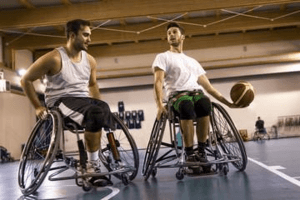
3. Seated Knee Raise
Seated-knee-raises are excellent for people that are seeking to strengthen their hip flexors. Hip flexors are the muscles located around the hip section that aid movement in that area.
People with weakened hip muscles often experience difficulties bending or walking. Seated-knee-raises are also best for people who have a degree of control over their lower bodies.
Procedure:
- From a sitting position, raise one of your knees up till your foot is some inches above the ground.
- Lower the knee gently to the position where you began.
- Repeat the process as many times as possible with one leg, then do the same for the other leg.
You may experience problems lifting your feet completely off the ground, depending on the level of control you have over them. In that case, you can leverage your calf muscles to help flex the ankle. Better yet, you could take it a notch higher by experimenting with power scooters. Just ensure you purchase your scooters from a reliable supplier.
4. Seated Tricep Dips
Seated-tricep-dips are ideal for people with significant strength in and control over their upper bodies. The exercise is intended to boost the strength of your triceps, chest muscles, and the muscles in front of the shoulders.
If you use a wheelchair, this exercise will greatly help you to maneuver through difficult terrains and when you’re transferring from the wheelchair.
Procedure:
- In a sitting position, rest your hands on your wheelchair’s armrests or another support nearby.
- Place the hands such that they’re positioned directly below your shoulders.
- Raise your body to a position where the arms are now fully extended.
- Lower your body to the original seated position.
You can always complement the efforts of your arms using your legs, especially if you have more strength in your foot than you have in your hands. However, do much of the lifting using the arms.
5. Seated Shoulder Press
This is an exercise that’s perfect for those looking to boost the strength of their shoulder muscles, which translates to improved strength on the arms.
If your disability doesn’t affect your grip strength, then this is the exercise for you.
Procedure:
- Take weights into each hand, then sit down with your body upright.
- Raise the weights to a position above your shoulder line and hold them there for a few seconds, ensuring your palms are facing forward.
- With your palms still facing forward, push the weights over your head such that they somewhat meet around the middle.
- Lower them gently to the position that you began.
The convention is to begin with no weight, then proceed to a lighter weight as you work your way up. You could also experiment with a resistance band in the place of weights.
6. Reverse Crunches
Reverse Crunches are recommended for people with a disability that doesn’t affect their abdominal muscles. This exercise is suitable for those who want to improve the strength of their abdominal muscles but are unable to perform crunches or sit-ups.
Procedure:
- Sit on the floor and bend your knees at an angle of 90 degrees.
- Gradually push your upper body backward till the body rests flat on the ground but facing up.
- Gently return to the seated position that you started with, in whichever way that you can.
- Lower your body once again, this time rolling your spine and ensuring that your vertebrae touch the floor one after another.
The secret to excelling in this exercise lies in focusing deeply as you lower your body and roll your spine. You don’t want to suffer a muscle sprain in the process.
7. Resistance Band Leg Press
This exercise is appropriate for people with disabilities that allow them a degree of control over their lower bodies. It’s the easier alternative to sit-to-stand, with a couple of more bonuses. This exercise is good for strengthening your thigh muscles and glutes.
Procedure:
- Begin in a seated position and hold a resistance band such that each of your hands holds either end of that band.
- Keep the middle section of the band looped beneath one foot.
- Exert enough tension on the resistance-band such that your leg now appears bent, and your knee faces your chin.
- Maintain that tension for a few seconds and straighten your foot by pushing it towards the ground. That will ensure the band stretches even further.
- Now, let the resistance-band draw your leg back to its initial bent position.
One expert advice while performing this exercise is to vary the intensity of slack in your resistance band, or the tension you exert on it.
There are several workouts and sports activities that someone with a disability can perform to help stay active. We hope you found these workouts and sports activities helpful.


